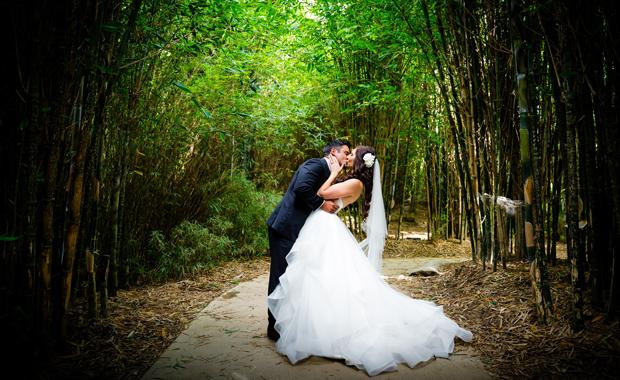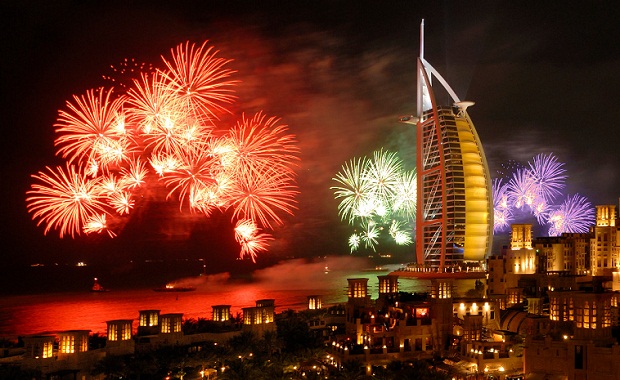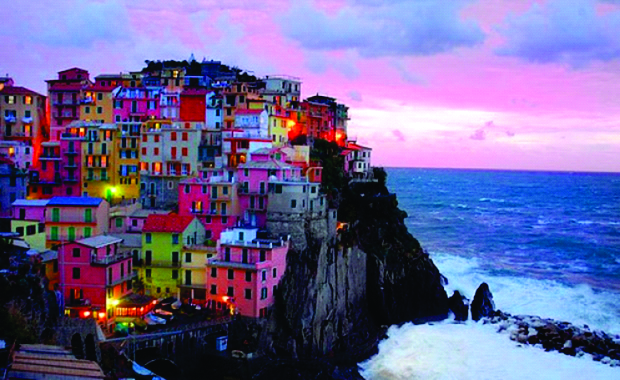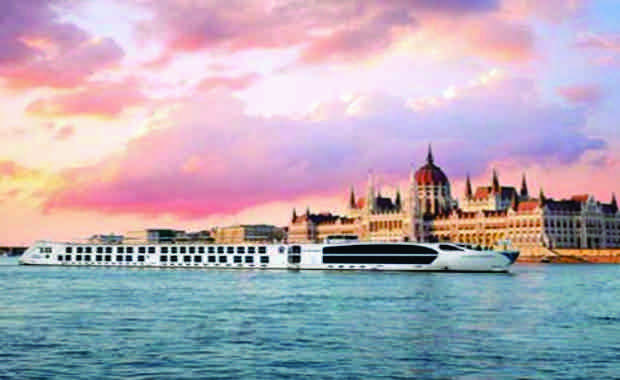Ultimate European Journey 2108
25 DAYS AMSTERDAM TO BUCHAREST

Discover the best of Europe on one grand journey from the North Sea to the Black Sea
For centuries, people have dreamed of linking the great rivers of Europe, making it possible to travel by water across the continent between the Black and North seas. Today that dream is a reality. Prepare for the cruise of a lifetime as you travel the length of Europe through nine nations, exploring wonders of the Old World and the New, the East and the West.
Sail the romantic Rhine, the serene Main and the captivating Danube, witnessing dazzling natural beauty and incomparable architectural feats. Visit no fewer than six capital cities (Amsterdam, Vienna, Bratislava, Budapest, Belgrade and Bucharest) and a dozen towns and villages, with time to explore each. Enjoy numerous UNESCO World Heritage sites, including the castle-dotted Upper Middle Rhine Valley and magnificent Cologne Cathedral.
From Amsterdam to Bucharest, you’ll visit the best of Europe with its spectacular architecture and stunning history on this truly remarkable journey.
Who will enjoy this cruise/tour
Travellers wishing to discover Europe’s past and present, from east to west, Amsterdam to Bucharest, on one astonishing journey.
Ultimate European Journey is a combination of Highlights of Eastern Europe and European Jewels
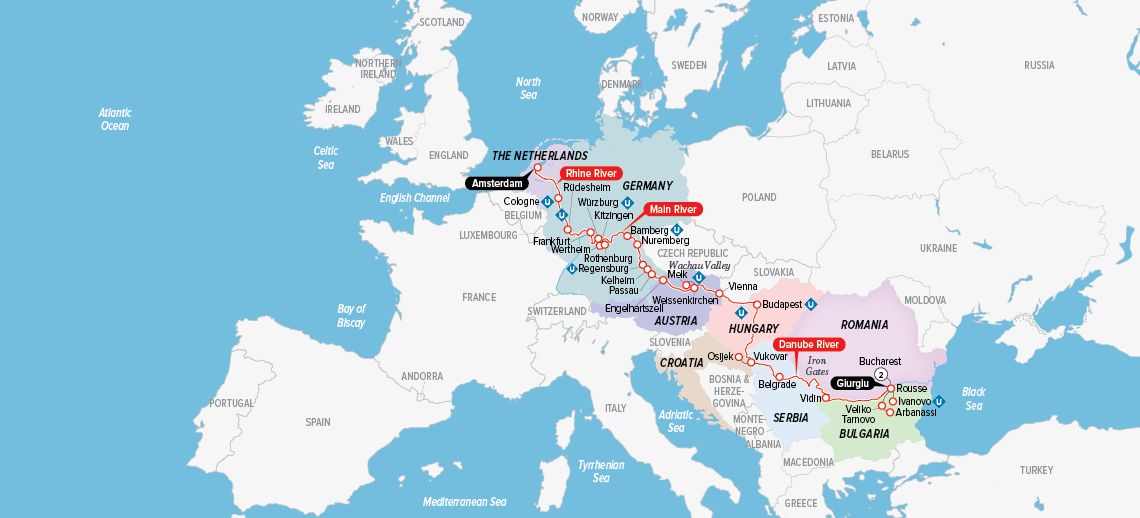

Ultimate Europenan Journey – Bucharest to Amsterdam
Amsterdam To Bucharest
DAY 1: Amsterdam
DAY 2: Amsterdam
Choice of Amsterdam canal cruise or Exclusive “Do as the Locals Do” Amsterdam walking tour
DAY 3: Cologne
DAY 4: Cruising the Romantic Rhine River, Rüdesheim
DAY 5: Frankfurt (Heidelberg)
DAY 6: Wertheim, Cruising the Main River
DAY 7: Würzburg
DAY 8: Cruising the Main River, Kitzingen (Rothenburg)
DAY 9: Bamberg
DAY 10: Nuremberg, Cruising the Main-Danube Canal
DAY 11: Kelheim, Regensburg
DAY 12: Passau, Cruising the Danube River
DAY 13: Cruising the Wachau Valley, Weissenkirchen (Weissenkirchen or Melk)
DAY 14: Vienna
Choice of Vienna city tour or Exclusive “Do as the Locals Do” Vienna walking tour
DAY 15: Budapest
DAY 16: Budapest
DAY 17: Budapest, Cruising the Danube River
DAY 18: Cruising the Danube River, Vukovar (Osijek)
DAY 19: Belgrade
DAY 20: Golubac, Cruising the Iron Gates
DAY 21: Vidin, Cruising the Danube River
DAY 22: Rousse (Veliko Tarnovo and Arbanassi or Rousse and Ivanovo)
DAY 23: Giurgiu, transfer to Bucharest
DAY 24: Bucharest
DAY 25: Depart Bucharest

Take a look at the Sample Itineraries in the Drop Down Menus for Uniworld River Cruise Itineraries and Ideal Celebration Journeys for your next Milestone Celebration Group Journey. Want something handcrafted just for your group? That’s perfect! In your creative Planning Session tell us all about what you are looking for in the destinations and we will design a pre and post itinerary that will transform your Dreams into Spectacular Memories.
Then; click the button to schedule your Creative Planning Session or Give us a call to chat about your ideas 678-500-9548.
Tell us about your Professional Milestone Celebration Dreams… We’ll Transform those Dreams into Spectacular Event Memories.
All Inclusive Amenities

DINING
All meals onboard, prepared using the finest and freshest ingredients
23 breakfasts, 21 lunches, 21 dinners
2 Captain’s Welcome and 2 Captain’s Farewell Receptions
2 Welcome and 2 Farewell Gala Dinners
Unlimited beverages onboard, including fine wine, beer, spirits, soft drinks, specialty coffee and tea, and mineral water

EXCURSIONS
19 days of excursions, including “Choice Is Yours” options, all fully hosted by English speaking local experts
Guided “Go Active,” “Do as the Locals Do,” “Village Day” and “Gentle Walking” programs
State-of-the-art Quietvox portable audio headset system on all excursions
Use of bicycles and Nordic walking sticks

ACCOMMODATIONS
22-night cruise in a riverview stateroom on the imperial River Duchess
2 nights in Bucharest at the Radisson Blu Hotel (or similar) with breakfast
Lavishly appointed riverview staterooms and suites have handcrafted Savoir® of England beds, high-thread count 100% Egyptian cotton sheets and European duvets, and a menu of pillow options
Free Internet and Wi-Fi access

EXPERIENCES
8 countries
9 UNESCO World Heritage sites
Services of an experienced Uniworld Cruise Manager
All transfers on arrival and departure days
All gratuities, both onboard and onshore
Captivating onboard local entertainment
Cultural enrichment, including 2 Signature Lectures

